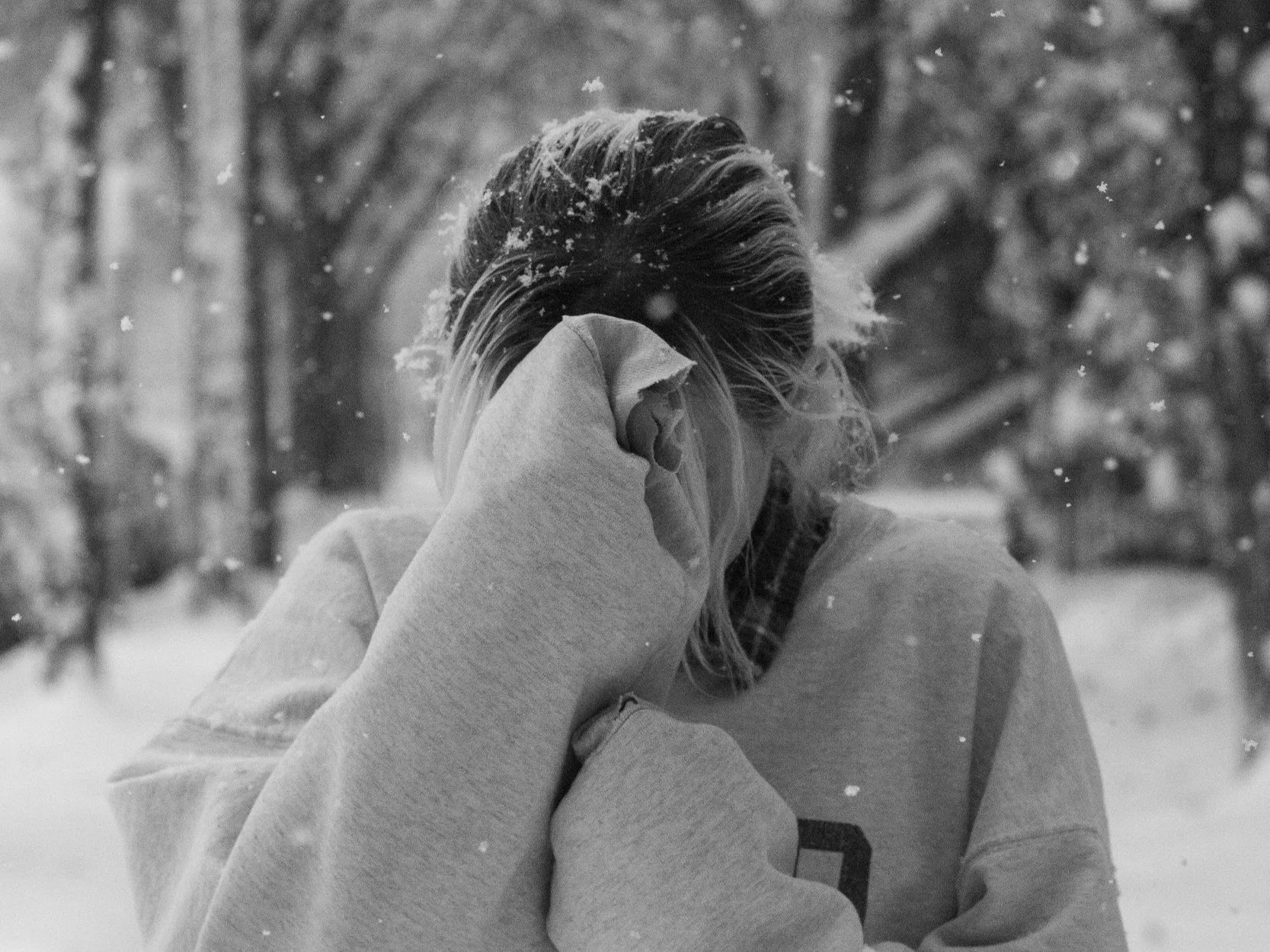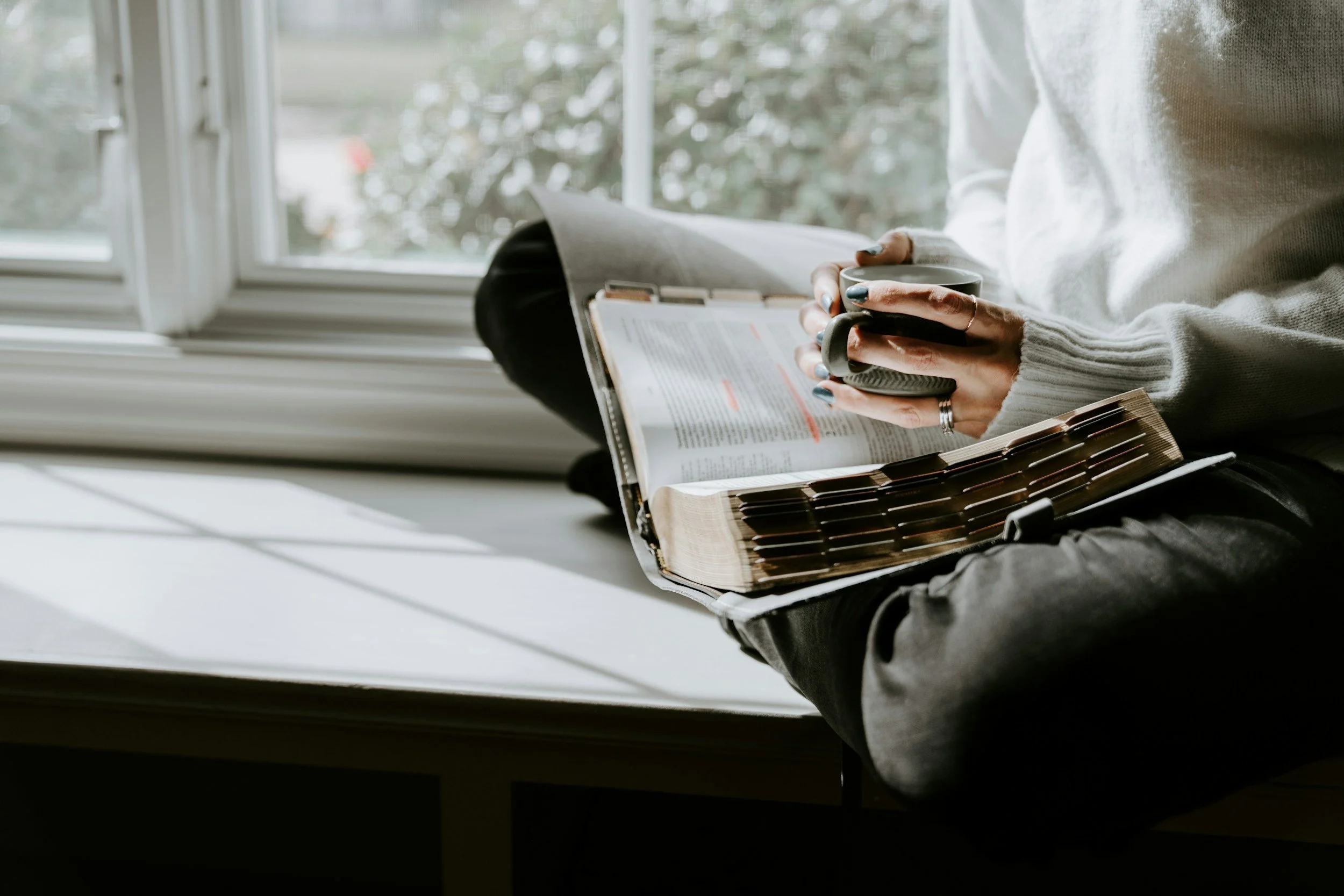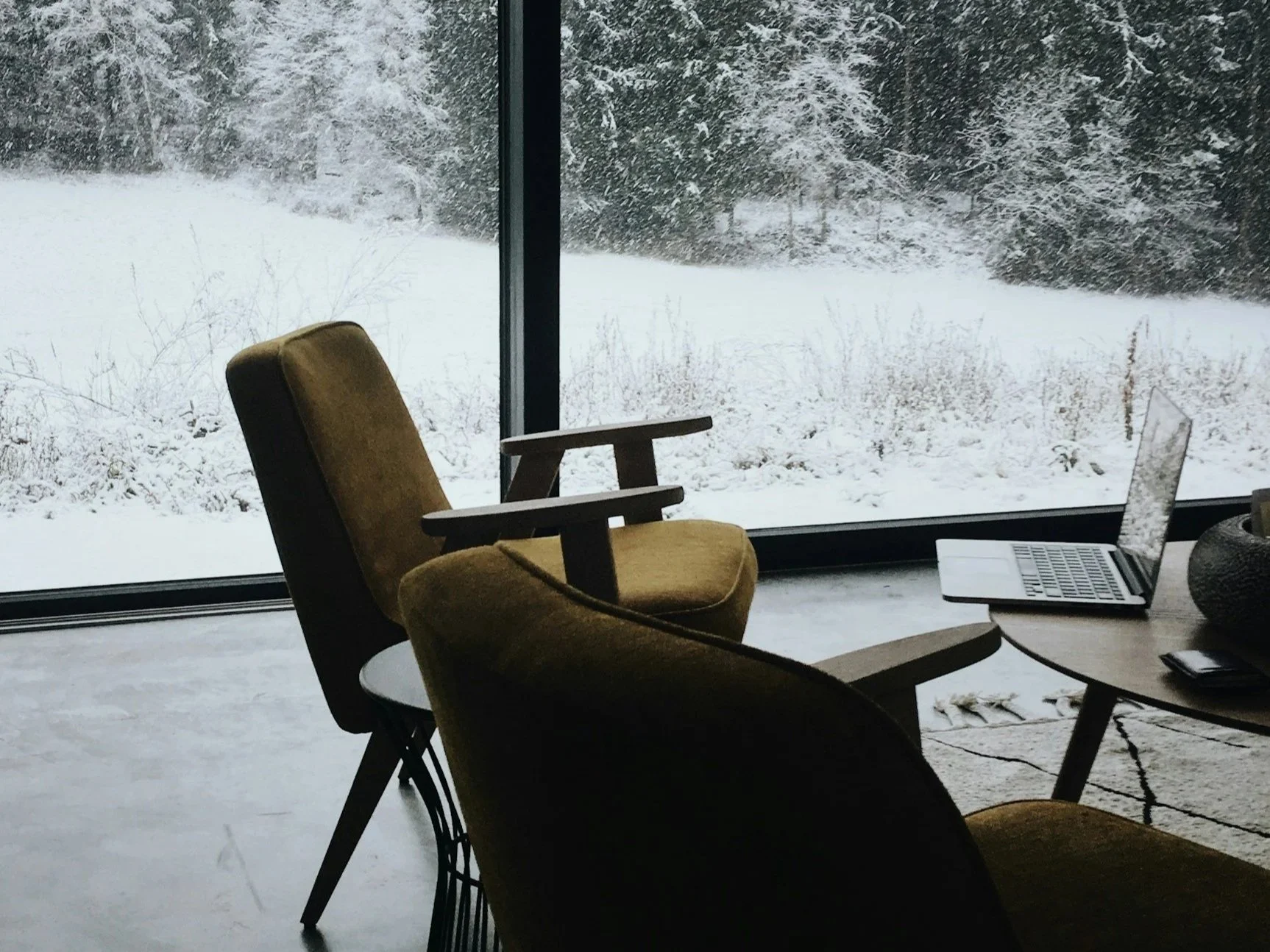Do I Hate Winter or Is This Seasonal Depression?
I’m a little skeptical of people from Saskatchewan who say they love winter. The trudging through knee-high snow while the air hurts my face and my car won’t start isn’t really my thing.
If you’ve also cringed at the first mention of snow when the seasons start to change, daydreamt of a winter vacation to somewhere bright and sunny as the days began to shorten, or felt a flutter of anxiety around a stressful family holiday, you might have mumbled to yourself “I hate winter” (honestly, in the Canadian prairies, that makes sense to me).
But if you’ve heard a group of coworkers bemoan the chillier months that are on the way and felt your mood begin to dip as you decline another invitation out and pick away at your half-eaten lunch, you might be experiencing something more than the command-start on your SUV can solve this winter.
Whether you’ve found the colder, darker seasons mildly annoying or surprisingly draining, keep reading to learn how you can find the support you need to feel like yourself when the weather changes.
Seasonal Depression or Seasons
One of the tricky things about seasonal depression is that winter often means a certain level of stress and change for most people, making it harder to identify right away if you’re not sure what to look for.
In the northern hemisphere, winter months bring colder, darker, shorter days that can make it more difficult to get around as easily as we might like. Holidays bring shopping, planning, hosting, and gathering (and that’s never stressful, right?), and if you’ve experienced a specific significant event, trauma, or loss in the winter, each winter can bring up some of those feelings and memories as well.
These are responses we might expect, given the circumstances. Seasonal depression (or Seasonal Affective Disorder, appropriately abbreviated to SAD) is different.
SAD is a type of depression that occurs every year, usually in the fall and winter months (though summer SAD is also possible) regardless of personal circumstances. That means rearranging the seating arrangement at that big family dinner or some bubble-bath self-care probably won’t make you feel much better if this is the issue. It’s based on a change in the amount of daylight available, and the way that impacts our bodies and brains.
People with SAD (or a milder form called “winter blues”) tend to experience a different mix of these symptoms of depression:
Sadness, most of the day, almost every day
Anxiety
Carbohydrate cravings and weight gain
Extreme fatigue and lack of energy
Feelings of hopelessness or worthlessness
Trouble concentrating
Feeling irritated or agitated
Limbs (arms and legs) that feel heavy
Loss of interest in usually pleasurable activities, including withdrawing from social activities
Sleeping problems (usually oversleeping)
Thoughts of death or suicide
People who have summer SAD may experience:
Agitation and restlessness
Anxiety
Decreased appetite and weight loss
Episodes of violent behavior
Trouble sleeping (insomnia)
Why Self-Care Isn’t Always Enough
If you’ve been mentally checking things off that list and feeling stuck because all anyone has told you to do is go with them to the next holiday party or do a winter activity you enjoy (which frustrates you more because you don’t have one), it’s a good sign that taking a deeper look at what your experiencing will be helpful.
There are some methods of self-care that can help lessen the sluggish feeling that can come with being stuck inside on a dark afternoon while it snows outside (like light therapy, and other perscription-free treatments). If you started there and felt your mood start to shift and your energy start to come back online, fantastic! If that wasn’t the case for you, a form of seasonal depression might be getting in the way for you.
If you have SAD, whether you have been formally diagnosed or not, you may have attempted a lot of these suggestions (if you could bring yourself to) and found the you feel a disappointingly small change in your mood, thoughts, and energy. You’ve realized that these forms of self-care and coping skills may not be enough right now.
How Therapy Can Help
You might feel like mental health therapy for a seasonal disorder sounds a little odd, but it can be life-changing to have someone validate, challenge, and equip you with ways of navigating a season that may have been difficult for so many years you’ve given up hope of winter ever feeling cheerful and pleasant.
Seeing a counsellor involves process-based therapy, which means you will see the same therapist on a regular basis over a number of months. That can be an important part of gaining some momentum after SAD has made you feel stuck and immobilized in your home (or your bed) with the lights off for months).
Understanding depression means recognizing that it's not just sadness; it's a signal from our body and mind that something is out of balance and needs support. It’s common for people with SAD often to feel stressed, anxious, or have negative thoughts about the winter, and these thoughts and feelings can escalate if you don’t address them well. A trained counsellor can help untangle the layers that may have wrapped themselves around your winter emotions and make sense of them again so you can feel less overwhelmed and work through this experience instead of getting caught in it.
Conclusion
If you’ve been dreading fall and winter because of more than just the cold temperatures, you’re not alone, and you don’t have to feel stuck there, either. Seasonal despression is not “just in your head” and you deserve the care and attention you need to feel like yourself again. Finding the right therapist for you can help when other strategies don’t feel like enough or when just getting out of bed feels monumental. Depression in any form is not a moral failing, and there is hope and support waiting for you when you are ready to reach out for it.



